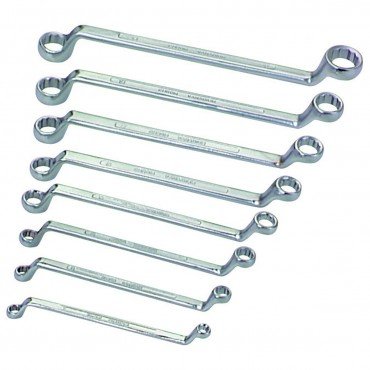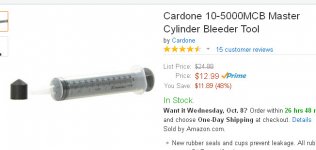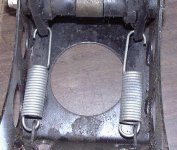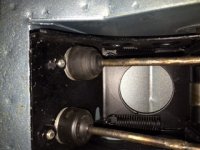Offline
The outside may look new, but rubber parts decay with age, not necessarily miles.The parts are in near new condition from when it was restored, it just sat for some time. Honestly, the master and slave look as if they came out of a catalog yesterday. I'm *hoping* the play is coming from the need to bleed. The fluid I pulled from the brakes was pretty dark, but there wasn't much debris. I'll put the car up on jack stands tonight and report back. I'll also try to take some pictures.

 Hi Guest!
Hi Guest!

 smilie in place of the real @
smilie in place of the real @
 Pretty Please - add it to our Events forum(s) and add to the calendar! >>
Pretty Please - add it to our Events forum(s) and add to the calendar! >> 







 -----PO,PO,PO.--:highly_amused:
-----PO,PO,PO.--:highly_amused: